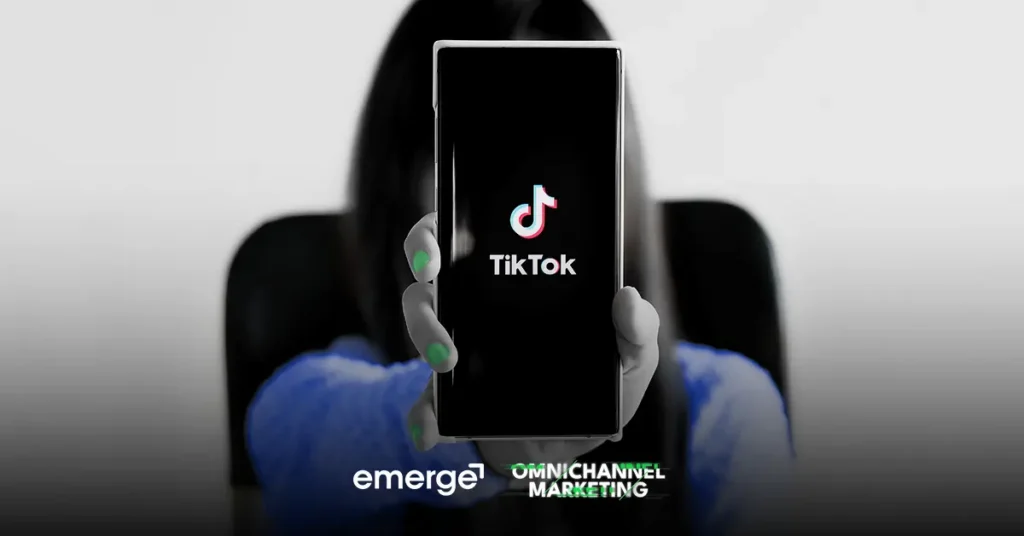
The travel and hospitality industry is becoming more and more competitive by the day. This fact often pressures startups to resort to innovative solutions to improve their market visibility and there’s no better way to do so than with Digital Marketing! In this article, we’ll help you map out the essentials as you begin steering the wheel behind your first try at your digital marketing campaign. Read about the strategies you’ll be needing as essentials to get digital-first ready:
Table of Contents
List your brand

Crafting a strong brand identity and establishing it on the right platforms is crucial for businesses to stand out in today’s competitive tourism and hospitality market. One effective way to do this is by listing your brand on Google, which can significantly increase your online visibility. Listing your brand on Google allows you to create a detailed business profile that includes important information such as your business name, address, phone number, website URL, and even customer reviews. This not only helps potential customers find you more easily but also adds credibility and trustworthiness to your brand.
Craft your website

Your website plays a crucial role in increasing your visibility and accessibility in the tourism and hospitality industry. Websites are essential for startups in travel and hospitality because they help from being your brand’s primary source of information, being the primary representative of your brand identity, to being your main platform for booking reservations. It serves as a central hub for your brand’s information, interactions and transactions. With a website that’s well-designed and well-maintained, you can enhance your customers’ overall experience.
Show them an experience with you through video

Video-based content is a powerful tool that has revolutionized the way tourism and hospitality is promoted and experienced. In today’s digital age, video content has become increasingly popular and influential in attracting and engaging travelers. Video-based content offers immense potential for promoting tourism by visually showcasing destinations’ beauty while creating emotional connections with viewers through storytelling techniques. Its ability to engage, inspire, and provide virtual exploration experiences makes it an invaluable tool for the tourism industry. Here are some reasons why:
Visual Appeal
Videos have the ability to capture the attention of viewers instantly through captivating visuals, stunning landscapes, and immersive experiences. They allow potential tourists to get a glimpse of what they can expect from a destination, creating a desire to visit.
Virtual Exploration
Videos enable potential travelers to virtually explore destinations before making their travel decisions. This helps them gain insights into various aspects such as landmarks, accommodations, activities, local cuisine, and more.
Social Sharing & Increased Engagement
With the rise of social media platforms like YouTube, Instagram, TikTok etc., video-based content has become highly shareable among users who are looking for travel inspiration or seeking recommendations from others’ experiences. Also, video content tends to generate higher engagement rates compared to other forms of media due to its interactive nature. Viewers are more likely to watch videos until the end and engage with comments or shares.
Social media is your best friend

Social media has become an integral part of our lives, and it has also emerged as a powerful tool for promoting tourism. In fact, social media is your best friend when it comes to promoting tourism destinations and attracting travelers. By leveraging the power of social media, tourism businesses can create engaging content that highlights the beauty, culture, and experiences that their destination has to offer. Through visually appealing photos and videos, they can capture the attention of potential travelers and inspire them to visit. Keeping your audience engaged and excited for what you have to offer is key to social media! Once you have established a strong brand identity, it is crucial to showcase it on the right platforms where your target audience is present. This could include social media platforms like Facebook, Tiktok, Instagram, LinkedIn or industry-specific platforms where potential customers are likely to engage with brands similar to yours.
Ads your way to exposure!

It’s not easy to reach your target audience organically and most of the time it just isn’t enough if you’re looking for immediate results. Good thing we have ads! Paid advertising is one of the primary and essential ways for you to reach the right audience at the right time. Ads play a crucial role in promoting and exposing tourism destinations to a wider audience. In the competitive tourism industry, effective advertising campaigns can capture the attention of potential travelers and inspire them to explore new destinations. By utilizing ads as a means of exposure, tourism boards, travel agencies, and hospitality businesses can showcase the unique attractions, cultural experiences, and natural beauty of a particular location. These ads often highlight key selling points such as stunning landscapes, historical landmarks, adventure activities, or vibrant local communities. Ads can also provide valuable information about travel packages or deals offered by tour operators or hotels in order to entice potential tourists. By highlighting special offers or discounts through their advertisements, businesses aim to attract travelers who are seeking affordable yet memorable experiences. Through targeted marketing strategies and compelling visuals or narratives, ads can create awareness about a destination among specific target markets.
Cater to your customer’s journey

People think alike, that’s why customer journey mapping is a crucial aspect of the tourism industry. Every tourism and hospitality target audience goes through a similar thought process. They see something, they want to try it, they check and plan about it, start booking and eventually get to the experience and reminisce about everything. With all of this in mind, all you have to do as you strategize your tourism or hospitality campaign is you make them want it, make them grab it and make them talk about it. By understanding and optimizing each stage of the customer journey in booking tourism, businesses can enhance customer satisfaction and loyalty.
Make them want it
Dreaming tourism refers to the initial stage of a customer’s journey, where they start envisioning and planning their ideal travel experience. During this phase, customers often rely on various sources of inspiration and information to shape their dream vacation. They may browse travel websites, read blogs or articles, watch videos, or seek recommendations from friends and family. This is where businesses in the tourism industry have an opportunity to capture the attention of potential travelers and influence their decision-making process.
Make them grab it
Booking and planning is arguably the most important part of the process as it seals the deal. This customer journey phase, booking tourism plays a crucial role in the overall travel experience. From the initial inspiration to the final booking confirmation, each step of the process contributes to creating a seamless and enjoyable experience for travelers. After conducting thorough research, customers enter the booking phase. They compare prices, availability, and reviews across different platforms to make an informed decision. During this stage, it is important for businesses in the tourism industry to provide user-friendly booking systems that offer secure payment options.
Make them talk about it
This customer journey phase is where they experience everything they have booked and planned for. It is crucial for businesses to ensure a smooth travel experience by providing excellent customer service and addressing any issues that may arise promptly. The pre-travel phase also falls in this customer journey. Travelers may receive additional information, such as itineraries or packing tips, from their chosen provider. This stage is an opportunity for businesses to engage with customers by providing personalized recommendations or upselling additional services. With all of this, it’s best to encourage your customers to talk about their experience with you so they can create a buzz about your brand! User-generated content usually stems from this phase and is also a great way to promote your brand through customer interactions and their raw experiences. Plus, in a way this is also a form of influencer marketing.
Conclusion
The competitive nature of the travel and hospitality industry necessitates innovative approaches for startups to enhance their visibility. Digital marketing emerges as the primary yet powerful solution, that offers various strategies for success that could be easily done with the right help! From listings, websites, videos, social media and ads to understanding your customers. By effectively utilizing these digital marketing strategies, startups in the travel and hospitality industry can start their digital marketing journey to the next level and eventually elevate their market presence, engage travelers, and create lasting impressions too!
If you’re looking for the right digital marketing solutions compatible with your brand, click here to book a free consultation with our experts!





